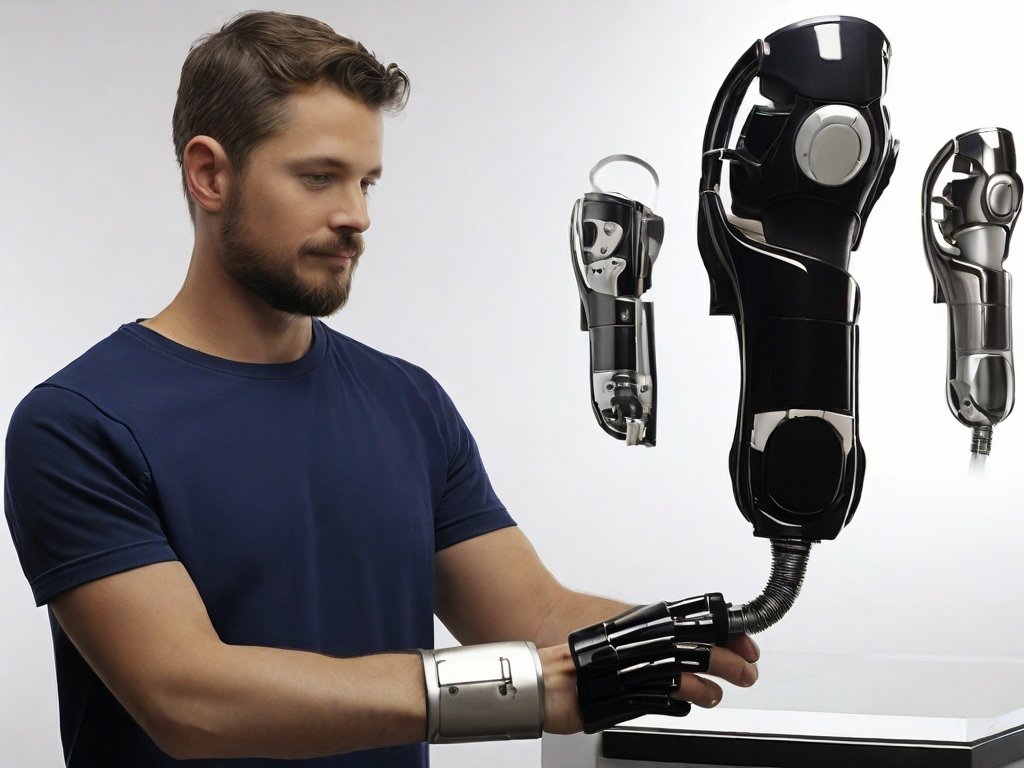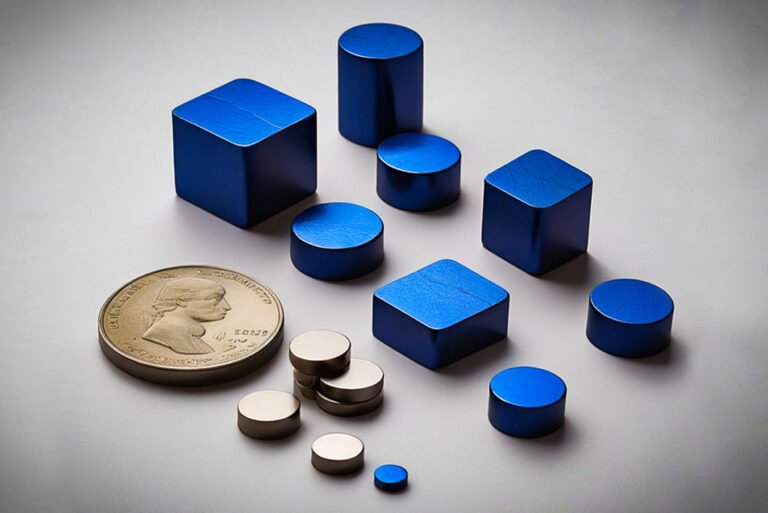Neodymium magnets, also known as NdFeB or NIB magnets, are the strongest type of permanent magnets available commercially today. They are made from an alloy of neodymium, iron and boron and are known for their high coercivity (resistance to demagnetization) and high energy product (a measure of magnetic output). In this blog post, we will discuss the various applications and benefits of using neodymium magnets.
What are Neodymium Magnets?
Neodymium magnets are rare-earth magnets made from the alloy of neodymium, iron and boron. They were first developed in the 1980s and are the strongest type of permanent magnet commercially available today.
Some key properties of neodymium magnets are:
- High magnetic strength – Neodymium magnets can lift thousands of times their own weight.
- High coercivity – They have high resistance to demagnetization and have magnetic fields that are difficult to remove.
- High Curie temperature – NdFeB magnets have a high temperature stability, with a Curie temperature of ~310°C.
- Strong energy product – They have the highest energy product (BHmax) of any magnet material.
These unique properties make neodymium magnets useful for a variety of applications where high magnetic strength in a compact size is required. The addition of dysprosium and terbium during manufacturing further enhances the high-temperature performance.
Applications and Use Cases
The applications of neodymium magnets span many industries and products. Here are some of the major uses:
Motors and Generators
Neodymium magnets are commonly used in electric motors and generators. Their high magnetic field enables higher power and torque density motors. For example, neodymium magnets are used in hybrid/electric vehicle motors, wind turbine generators, cordless tools, and industrial servo motors.
The strong magnetic fields of neodymium enable smaller and lighter motor/generator designs. Their excellent heat resistance allows motors to operate at higher peak powers. Maglev trains also utilize powerful neodymium trackside magnets for levitation.
Magnetic Assemblies

Neodymium magnets are used to make a wide variety of magnetic assemblies like lifting, holding, and retrieval tools. For example:
- Magnetic lifters – For lifting and handling heavy metal objects like steel plates, pipes, etc. The strong neodymium magnets enable lightweight and compact lifter designs.
- Magnetic assemblies in manufacturing, such as work holders, fixturing pallets, conveyors, parts feeders, and more. The magnetic work holders provide secure and accurate positioning/clamping without any external power.
- Magnetic separators for separating and retrieving ferrous metals from conveyor streams and liquids. Powerful neodymium magnets in the separators capture and remove fine iron particles.
- Magnetic sweeper equipment for quickly picking up nails, staples and other metal debris from floors. Neodymium magnets allow superior sweeping efficiency.
Consumer/Industrial Products

Neodymium magnets have enabled many new consumer and industrial products. Some examples are:
- Headphones, microphones – NdFeB magnets allow miniaturization of headphone/microphone assemblies. They are vital in modern compact earbuds and headphone designs.
- Mobile device speakers – Small powerful neodymium magnets enable thinner speaker assemblies in smartphones, tablets and laptops.
- Magnetic tools like magnetic wristbands, gloves, pickup tools that enable easy handling and securing of nails, drill bits and other metal objects.
- Refrigerator/whiteboard magnets – Neodymium magnets offer powerful holding strength from a small magnet size.
- Industrial equipment like magnetic drill presses, angle cubes, magnetic bases rely on neodymium magnets to achieve robust magnetic fixing on metal surfaces.
- Magnetic jewelry like bracelets, pendants use neodymium magnets for attachment. Their strong grip prevents accidental loss of precious jewelry.
Medical Applications

Neodymium magnets are used in several medical devices and applications. Some examples include:
- Medical implants like cochlear implants and bone growth stimulators rely on neodymium magnets. Their biocompatibility and corrosion resistance make them suitable for long-term implantation.
- Magnetic resonance imaging (MRI) machines utilize powerful neodymium magnets in their construction. The strong homogeneous fields enable detailed whole-body imaging.
- Prosthetic attachments use small neodymium magnets. They attach prosthetics securely and allow quick detachment.
- Magnetic separation in diagnostics – Neodymium magnets can selectively isolate or remove specific cells, proteins, nucleic acids during medical testing and research.
Benefits of Neodymium Magnets

After seeing the diverse range of applications, let us look at why neodymium magnets are preferred and beneficial:
High Magnetic Strength
The primary benefit of neodymium magnets is their very high magnetic strength for their size. They are significantly more powerful than alternatives like ferrite or alnico magnets.
This compact magnetic strength allows miniaturized and efficient device designs. Higher lifting power also enables more robust and reliable attachments.
Temperature Resistance
Neodymium magnets have excellent heat/cold resistance and can operate without demagnetization at temperatures from -40°C to +120°C.
Some neodymium magnet grades using dysprosium have even higher temperature ratings up to 230°C. This makes them suitable for demanding applications like high-speed motors and generators.
Corrosion Resistance
NdFeB magnets have a nickel-copper-nickel coating that provides corrosion protection. This coating improves their life expectancy in humid/saline conditions or outdoors.
Proper protective coating helps prevent chipping, peeling or crumbling of the magnets during use. It makes them suitable even for medical implants.
Higher Safety
Neodymium magnets have strong magnetic fields. So they can pose safety issues if not handled properly. Proper precautions are required during handling and use.
However, their intrinsic properties make neodymium magnets safer than older alternatives. Their coercivity and magnetic orientation ensure low stray fields. The protective coating also contains the magnetic flux.
Miniaturization
The compact size and high power of neodymium magnets enable product miniaturization for portability. Small micro-magnets allow unprecedented magnetic applications.
For example, miniaturized headphones, tiny prosthetic magnets, micro-motors using nano-size neodymium magnets. Their potential for miniaturization continues to be explored.
Cost Effectiveness
Neodymium magnets are more economical than older magnet types for a given magnetic strength. Their excellent price-to-performance ratio makes them attractive for many applications.
Mass production of neodymium magnets has resulted in lower costs and steady supply chains to match the rising demand over the years.
In summary, neodymium magnets offer the highest magnetic power in the most compact shape of any magnet available today. Their unique properties like high coercivity, heat resistance and corrosion resistance make them suitable for a very wide range of applications not practical with other magnets. Continued innovations and product designs using neodymium magnets will enable smarter, smaller and more efficient products in the future.








